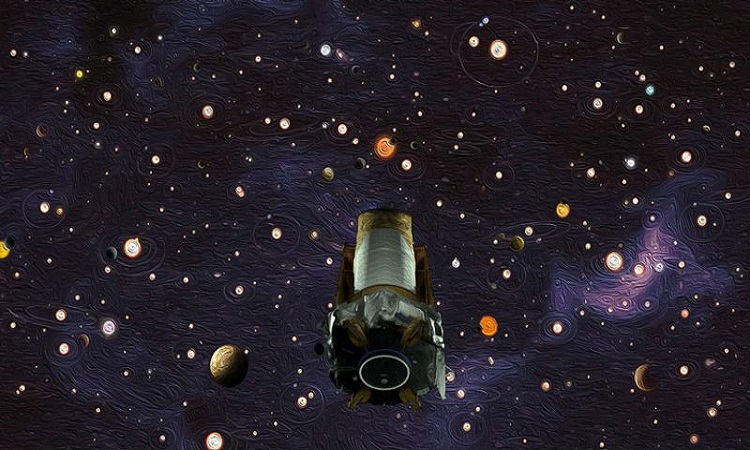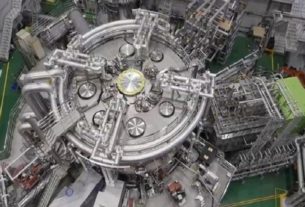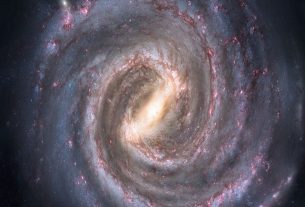Astronomers recently confirmed the existence of 366 new worlds. These are in addition to the 4,569 planets already validated in our galaxy. How to explain this incredible harvest? The answer lies in a new deep neural network called ExoMiner.
The Kepler Space Telescope, running out of fuel, died out in October 2018 almost ten years after it entered orbit. He was at the origin of the discovery of thousands of exoplanets, thus revolutionizing our view of extraterrestrial life. However, despite this scrapping, the work of surveying this incredible observatory still has some surprises in store for us.
A few months ago, astronomers indeed relied on a new deep neural network to unearth the presence of several hundred new worlds evolving within our galaxy.
Incredibly efficient AI
Deep neural networks are methods of machine learning. Concretely, these are forms of artificial intelligence (AI) that allow a system to learn from data. These methods have already been used to process the data collected by different telescopes, but they are not always accurate.
More recently, researchers have developed a new, more powerful deep neural network. Called ExoMiner, it uses NASA’s Pleiades supercomputer and can distinguish true exoplanets from “false positives”.
This instrument allowed researchers to delve into the massive data sets Kepler collected during the latter part of his life in orbit, relieving them of many years of analysis for an equally effective (if not more) result.
“When ExoMiner says something is a planet, you can be sure it’s a planet,” said Hamed Valizadegan, ExoMiner project manager. “It is very accurate and in some ways more reliable than human experts.”
Other harvests to come
In total, ExoMiner was able to validate 366 planets. Concretely, a planet is said to be “validated” when it appears very unlikely, after analysis, that the data betraying its presence can be explained by other known phenomena. All of them have been confirmed in the remaining “possible planets – or candidate” data set, which is available in Kepler’s archives.
For those who are wondering, none of these new confirmed planets resemble Earth or evolve in the habitable zone of its star. However, ExoMiner has not said its last word. With a little adjustment, researchers can indeed rely on the efficiency of this incredible network to analyze data from other telescopes, such as TESS, the next PLANetary Transits and Oscillations of stars or PLATO mission from the Space Agency. European Union, scheduled for launch in 2026.




